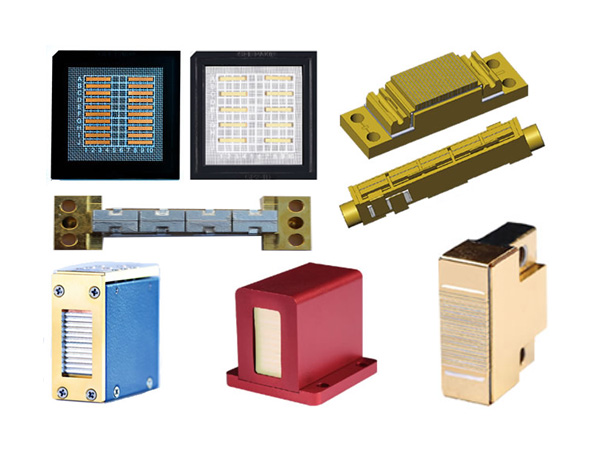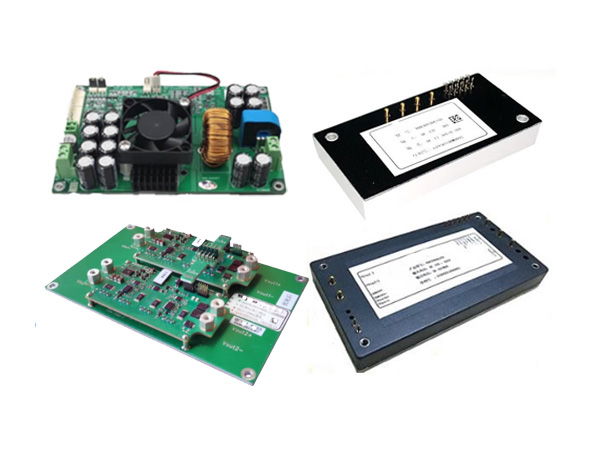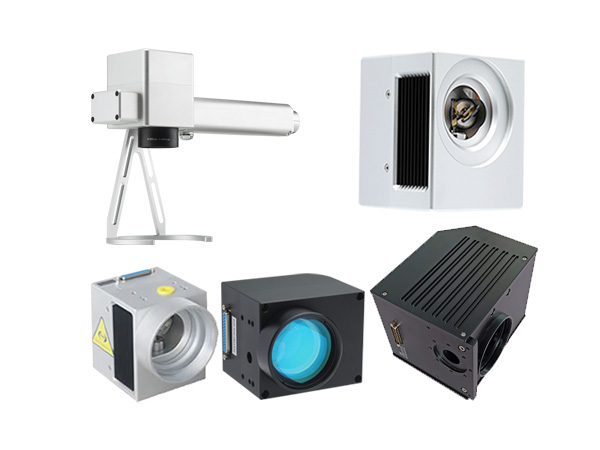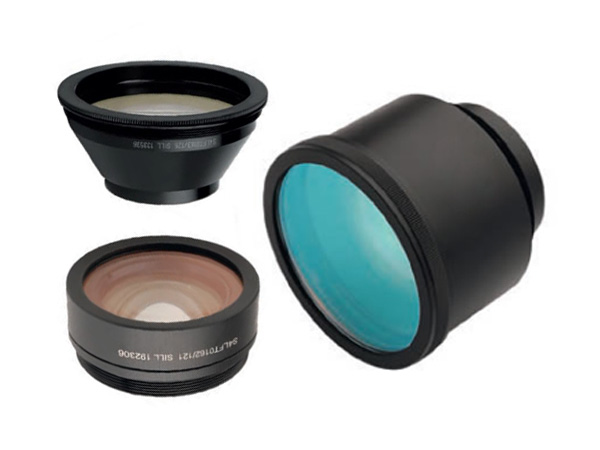Understanding the "Four Major Judgment Standards" of Laser Cutting Quality in One Article
The application of lasers in cutting metal materials is widely known, but many people do not know how to evaluate the quality when using laser cutting machines. Actually, cutting quality is generally judged from aspects such as surface roughness, burrs at the bottom, perpendicularity, and kerf width.
Surface Roughness
Under the influence of airflow and feed rate during laser cutting of materials, vertical (or tilted) grain patterns will form on the surface, with deeper grains indicating rougher surfaces and shallower grains indicating smoother surfaces. Surface roughness not only affects edge aesthetics but also frictional characteristics. Lower roughness means higher cutting quality. Surface roughness can be continuously optimized by adjusting laser power, feed rate, focal length, type and pressure of assist gas, etc.Burrs at the Bottom
The principle of laser cutting metal is to instantaneously vaporize metal through high-energy laser and blow away fragments on the workpiece surface with assist gas. However, in actual processing, factors such as thick plate, insufficient gaspressure, unmatched feed rate can cause some fragments to cool and form burrs attached to the bottom of the workpiece. Additional deburring work is then needed, consuming extra time. Burrs and dangling fragments at the workpiece bottom are very important standards for judging cutting quality.
Perpendicularity
For thin metal plates, laser cutting perpendicularity can be ignored, but when material thickness exceeds 10mm, the perpendicularity of cutting edges becomes very important. When away from the focal point, the laser beam diverges, widening towards the top or bottom according to the focal position. A few millimeters of edge deviation from the perpendicular line means higher cutting quality for more perpendicular edges.
Kerf Width
Kerf width reflects processing precision, usually not affecting cutting quality, and only becoming an important indicator when extremely precise contours or patterns need to be formed internally in workpieces. Kerf width determines the minimum inner diameter of contours, with narrower kerf enabling more precise contours and smaller hole diameters, which is one major advantage of laser cutting over plasma cutting. However, kerf width inevitably increases with thicker plate to ensure stable high-precision cutting, the workpiece area in the laser cutting machine needs to be stabilized.
 English
English Français
Français Deutsch
Deutsch euskara
euskara Русский язык
Русский язык Italiano
Italiano Português
Português Nederlands
Nederlands Polski
Polski Greek
Greek Lietuva
Lietuva Türkçe
Türkçe 日本語
日本語 한어
한어 中文
中文 தாமில்
தாமில் فارسی
فارسی हिंदी
हिंदी Tiếng Việt
Tiếng Việt ภาษาไทย
ภาษาไทย Pilipino
Pilipino Indonesia
Indonesia தாமில்
தாமில்





